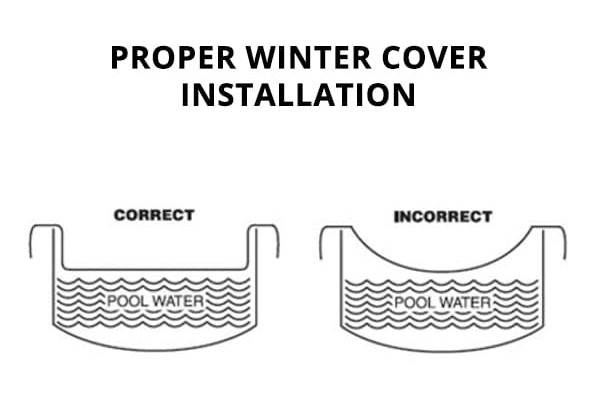- Close Menu
- Save $10 on your first order! Subscribe >
- Switch Language :FR
- Chemicals
- Pool Kits
- Patio
- Equipment
- Liners
- Covers
- Accessories
- Ladders and Steps
- Replacement Cartridges
- Pool Slides
- Solar Cover Reels
- Skimmers and Returns
- Plumbing and Fittings
- Vacuum Equipment
- Chemical Feeders
- Pool Lights
- Pool Tools
- Coping
- Vinyl Liner Patches
- Diving Boards and Bases
- Pool Fence
- Pool Paint
- Thermometers
- Automation Controls
- Safety
- Poolside Signs, Art & Accessories
- Water Features
- Resin Pool Decks
- Patio Furniture
- Pool Winterizing Supplies
- View More >>
- Toys
- Hot Tubs
- Parts
- Clearance













